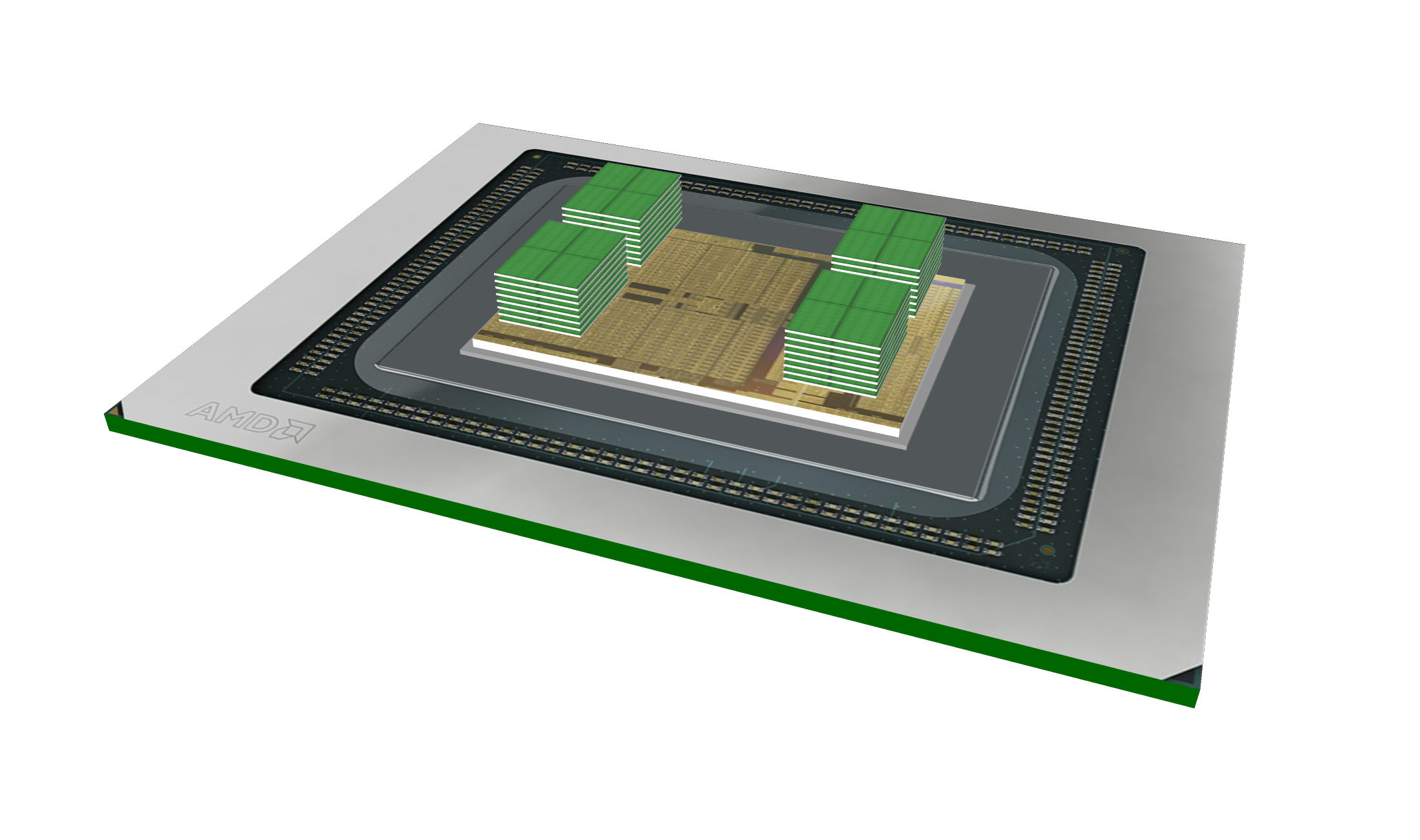ALBUQUERQUE, N.M. — Sandia National Laboratories, in partnership with Los Alamos and Lawrence Livermore national labs, has awarded a contract to AMD that funds research and development of advanced memory technologies expected to accelerate high-performance simulation and computing applications in support of the nation’s stockpile stewardship mission.
The National Nuclear Security Administration’s Advanced Simulation and Computing program, through its Advanced Memory Technology program, is sponsoring the work. Sandia, Los Alamos and Lawrence Livermore will collaborate with AMD, a company recognized for high-performance computing, graphics and visualization technologies.

“The goal for ASC’s Advanced Memory Technology projects is to develop technologies that will have an impact on future computer system architectures for our complex modeling and simulation workloads,” said ASC Program Director Thuc Hoang. “We have selected projects that will have the potential to deliver more than 40 times the application performance of our forthcoming NNSA exascale systems.”
The new contract is part of NNSA’s post-Exascale-Computing-Initiative investment portfolio, which has the objective of sustaining the technology research and development momentum, and strong engagement with industry that the initiative had started via its PathForward program. It aims to foster a more robust domestic high-performance computing ecosystem by increasing U.S. industry competitiveness in next-generation high-performance computing technologies.
“AMD is excited to collaborate with the pioneering researchers and scientists at Sandia, Lawrence Livermore and Los Alamos National Laboratories,” said Alan Lee, corporate vice president and head of research and advanced development at AMD. “We will work together to explore integration of advanced memory technologies into future systems, leveraging our track record of collaboration and co-design with the NNSA laboratories and AMD’s active leadership in the Joint Electron Devices Engineering Council standards organization.”
“We are pursuing memory bandwidth and latency improvements,” said James H. Laros III, Sandia project lead and distinguished member of technical staff. “If successful, this effort will positively affect both aspects of future memory systems for our advanced and commodity technology platforms.”
Simon Hammond, federal program manager for the ASC Computational Systems and Software Environment subprogram, said, “AMD has been a long-time partner with ASC; this collaboration continues our work together in developing technologies to provide improvements in the memory subsystems that are critical to the performance of our production simulation workloads.”
“This partnership is a great example of how the NNSA can invest in and influence commercial companies to develop technologies that will be impactful on our mission.” said Robert Hoekstra, senior manager of the Extreme-Scale Computing group at Sandia.
The NNSA is a semiautonomous DOE agency responsible for the management and security of the nation’s nuclear weapons, nuclear nonproliferation, and naval reactor programs, as well as responding to nuclear and radiological emergencies in the U.S. and abroad.